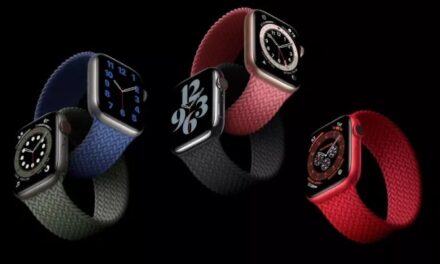“No decisions about me, without me”. Don’t jump into a solution without first consulting users with disabilities to ensure that you understand their challenges and requirements. It’s easy to assume but it’s important to not jump ahead – take the time needed to ensure the software works for your target audience.
Test and test again. Testing absolutely everything you build is non-negotiable. You want to make sure your solutions are working for its intended users, so rely on the end users to be your testers and continue to listen to feedback on a regular basis.
Research your competitors. Keep on top of how others in the industry are solving accessibility problems. It’s always worth keeping up to date on the latest developments on the Windows and Macintosh operating systems.
Be a part of the community. Join groups that advocate for accessible softwares and formats. The UKAAF (UK Association for Accessible Formats) produces extremely helpful webinars and holds regular meetings where you can learn about the latest developments in accessible design. The more you engage with like minded individuals, the more detailed and accurate you can make your software.

There’s no one size fits all. Remember that accessibility standards attempt to cater to a broad range of disabilities that range from mild to severe. For example, there are many different kinds of visual impairment that – taken together – affect billions of people around the world. These include colour blindness, eye fatigue, low contrast perception, farsightedness and various different kinds of limited vision. Visual accessibility standards are not just about blindness.
The smallest changes are the most important. Observing simple standards can bring enormous benefits. For example, if you take simple steps to ensure that text is never displayed at a size smaller than 12pt and that you use colours that pass the contrast ratio of 4:5:1, then your software will already be accessible for a far greater percentage of people.
Keyboard control is the linchpin. Make sure your software can be fully operated using only a keyboard as this opens up a lot of important avenues. When combined with screen readers that describe the controls, full keyboard control will unlock accessibility for blind users, as well as users with mobility impairment and dyslexia.
Customisation is key. Software that allows users to customise colours, sizes and fonts will generally be much more accessible than those that don’t. Disability doesn’t always look the same so allowing for flexibility is key. Again, be open to user feedback and see what customisation tools work best for your software and rfp implementation services.
Align with your team. Make sure your designers and developers take accessibility into account from day one as this will massively benefit your software application further down the road. It’s incredibly difficult to build accessibility features into software that was originally constructed without accessibility in mind.
Experience is essential. Make sure that your design team has at least one member who has significant experience with building accessibility features. It is not something inexperienced designers can figure out on their own. With that in mind, don’t be afraid to ask for professional help!
Thanks for reading this article, please continue to support us and check out our other reviews and follow us on Social media: Facebook, Twitter, Instagram, and Linkedin and don’t forget to sign up for our newsletter below.










Recent Comments